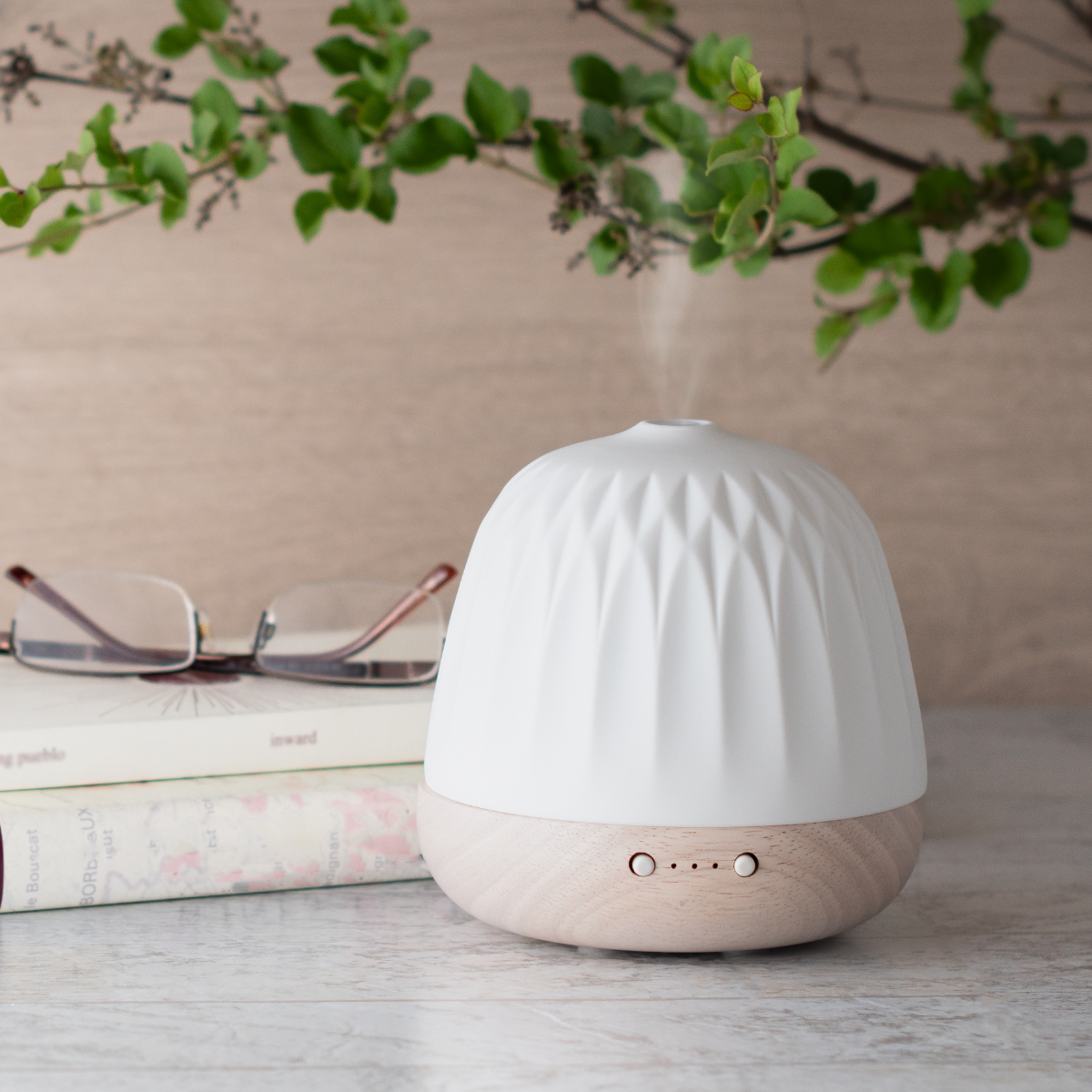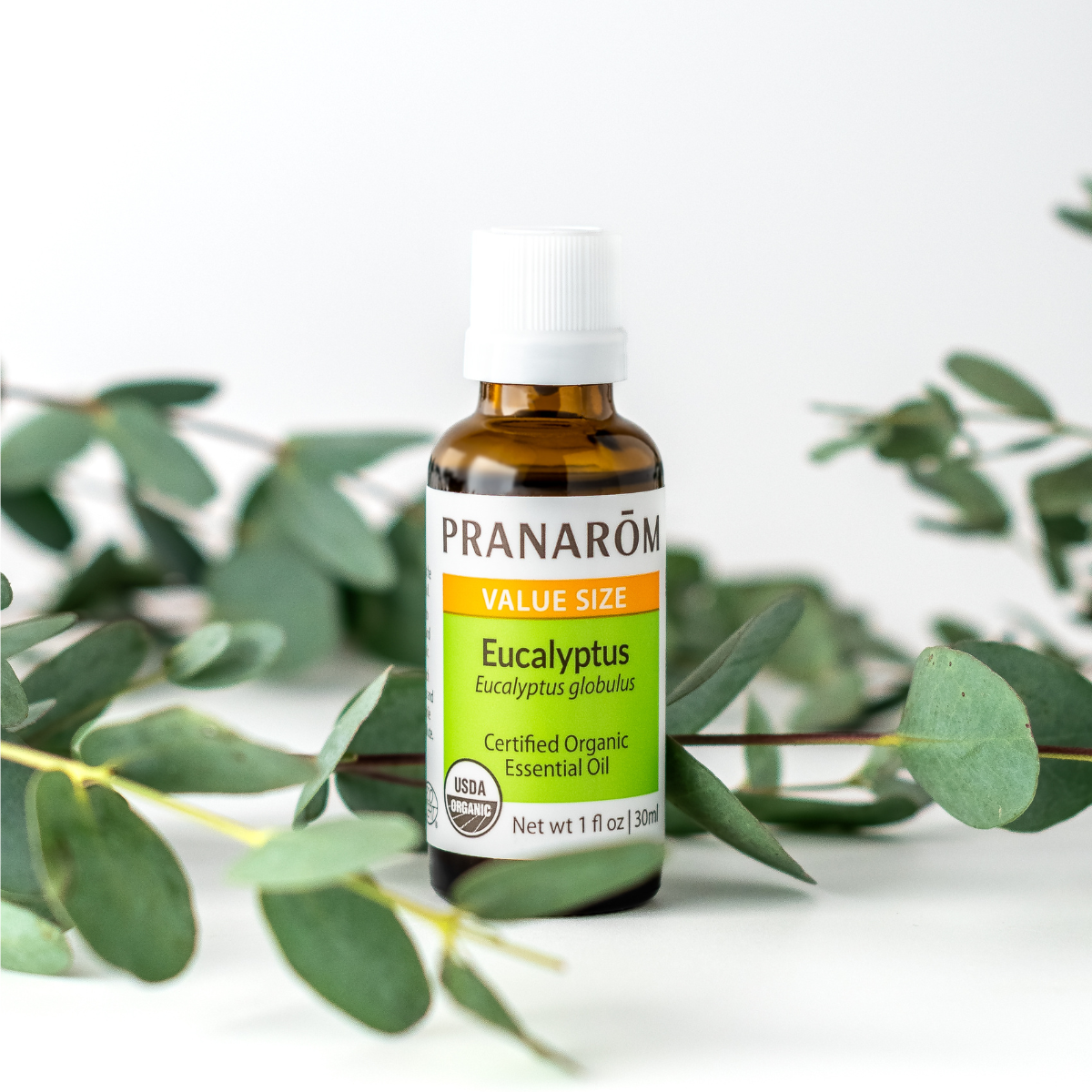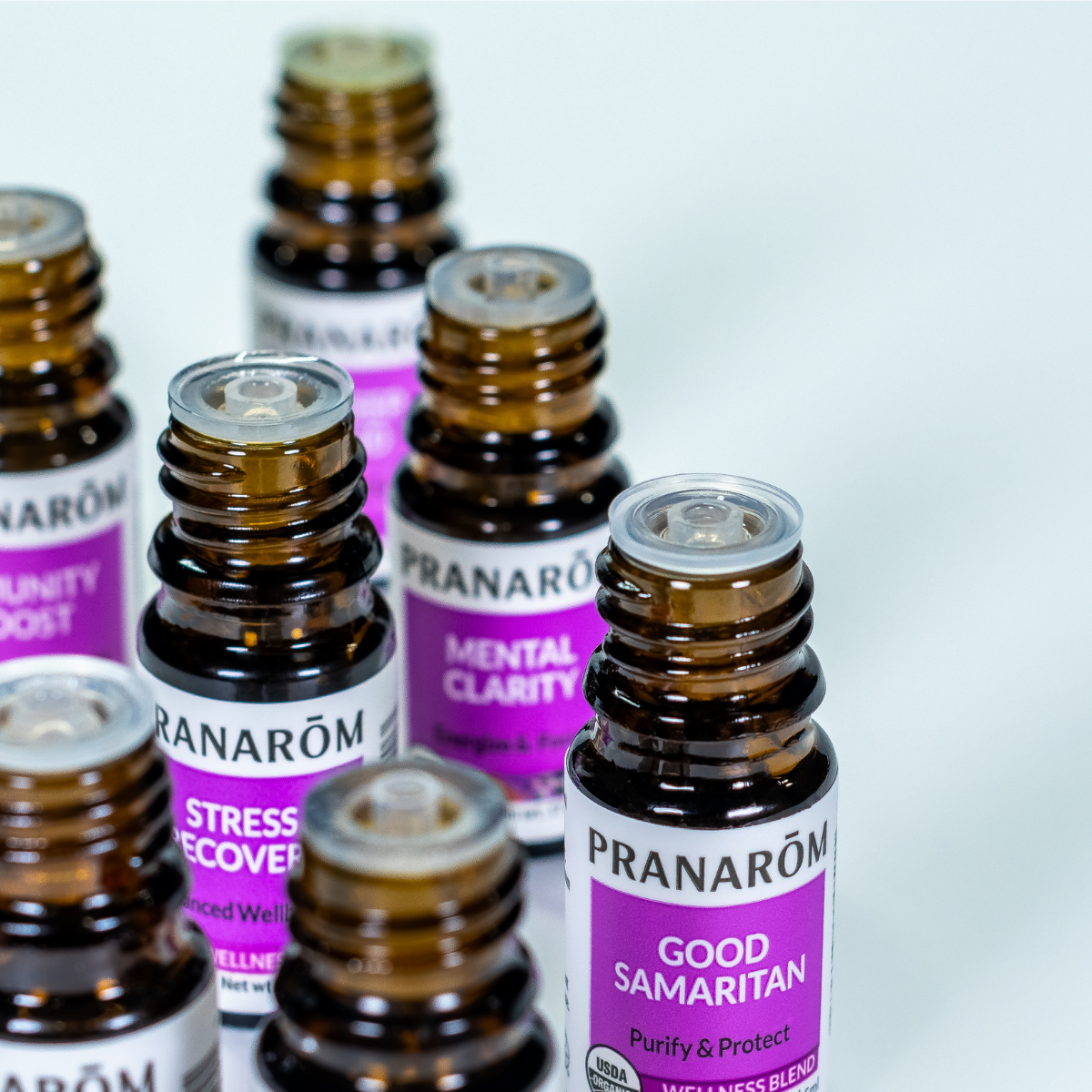What is an aromatic hydrosol?
These are distilled plant waters (Aquae distillatae ex plantis).
Hydrosols are obtained by steam distillation of various parts of aromatic plants. They consist of the aqueous phase recondensed and separated from the Essential Oil when present.
Long wrongly considered as a residue of distillation, hydrosol is today regaining its nobility for all types of cosmetic treatments.
Do not confuse hydrosol and plant-based flavored water
Plant-based flavored waters are obtained from flavors of plant origin, either by dissolving them in purified water or by steam distillation followed by decantation and filtration.
These are indeed different products because the production techniques are also very different.
Areas of application of hydrosols
Given the lower concentration of biochemistry in hydrosols, we cannot expect the same “molecular” virtues from them as essential oils.
Hydrosols have never claimed to rival synthetic medications in effectiveness, as essential oils do. However, they are of great benefit to the skin and its mucous membranes when they are suffering.
Besides this main indication, they are preferred for all mucous membrane irrigations : eye bath, mouthwash, vaginal irrigation, etc.
Production of an aromatic hydrosol
All chemotyped essential oils and aromatic hydrosols come from steam distillation of aromatic plant organs harvested at a specific point in their growth cycle. Any product obtained by means other than distillation cannot be called an aromatic hydrosol.
The distiller-gatherer must ensure that he scrupulously respects the specifications for the production of hydrosols and all the cleanliness appropriate to these aqueous products which are fragile from a bacteriological point of view.
During the steam distillation process, the aromatic hydrosols are usually collected for a period of one hour so that the richness of the aromatic hydrosol offers a significant fragrance characteristic of the distilled aromatic plant.
Unlike essential oils obtained by the same extraction process, aromatic hydrosols contain, in addition to aromatic and terpene molecules, other molecules of different natures. Indeed, water vapor extracts other active ingredients which, being hydrophilic, are found in the hydrosol. Its composition is therefore particular and unique.
The history of hydrosols
-
4th century : the writings of Synesios of Ptolomey and Zozymos of Panapolis describe Egyptian distilling apparatus in detail;
-
6th century : Aetius of Amida, a physician and writer living in Constantinople, describes empyreumatic distillation by hydro-diffusion;
-
8th to 11th century : Arab science develops distilled waters of rose and absinthe. Physicians such as Nonus Theophanes, Serapion, and Avenzoar recommend hydrosols as remedies;
-
15th century : After the Crusades, the West took over and hydrosols became the main purpose of distillation. Jean Winther, professor of medicine in Strasbourg, moved distillation from the alchemists' laboratories to the pharmacists' laboratories;
-
16th century : the book “New gross Distillirburch” gives many details on distillation devices and the production of hydrolats and their medical actions;
-
1880 : Hydrosols are found in the "Treatise on Galenic Pharmacy". The use of fresh plants was preferred to that of dried plants because they keep longer. They have greater clarity and their aroma is always sweeter and more developed;
-
1942 : in the “Galenic Pharmacy” T1 by A. Gomis and A. Liot, other details are added:
- Choice of water;
- Choice of plants;
- Choice of operating mode;
- Adulteration or fake hydrosols;
- Composition of distilled waters.
The quality of hydrosols
In the marketplace, consumers are faced with a wide variety of brands offering essential oils and aromatic hydrosols, all of which vary greatly in quality. In this maze, it's important to provide some means of assessing quality so that users receive the full benefits they expect.
The word used
The only correct term is aromatic hydrosol. Indeed, only aromatic hydrosol is 100% derived from steam distillation. The terms hydrosol, floral water, aromatic water, etc. are suspect because they open the door to products that only emulsify or solubilize the essential oil in a mass of water or simply dilute the aromatic hydrosol by adding water.
CTAH or Chemotyped Aromatic Hydrosol
Technological advances in analysis now give us the ability to identify and quantify all the molecules contained in an aromatic hydrosol. The advantages include clear evidence of the properties of hydrosols and knowledge of their biochemistry and molecular concentration.
A CTAH hydrosol always exhibits a higher concentration than any other that would have been collected throughout the distillation process. The recovery of the chemotyped aromatic hydrosol is done at a specific time and over a specific period of this distillation extraction process.
Conservation of hydrosols
Aromatic hydrosols are aqueous phases that quickly become contaminated if care is not taken.
Produced by steam distillation, any hydrosol leaving the still is sterile, but the cleanliness of the operators and the cleanliness of the containers that contain it can be a problem.
The most commonly used method is microfiltration (0.2 microns) before packaging in glass bottles ideally or in any opaque container. Storage away from light and in the refrigerator allows for better shelf life.
A well-distilled, well-treated, micro-filtered hydrosol, packaged in packaging that protects it from light and oxygen, can be stored for more than 2 years in good presentation conditions, but once the bottle is opened, it can only be used for 6 months because any aqueous phase can quickly become contaminated.
The presentation of aromatic hydrosols is generally in spray form in glass bottles, but the Pranarōm laboratory prescribes the quality in an optimal way by a presentation of spray in a can without propellant gas with an "airless" system. Contamination of the hydrosol then becomes impossible and ensures much better durability over time.
The benefits of aromatic hydrosols
Rich in natural plant active ingredients, hydrosols gently purify your skin and deeply hydrate it thanks to their high water content. To provide deep nourishment to your skin, apply your hydrosol just before starting your nourishing ritual.
Looking to soothe and regenerate your skin? Then organic rose hydrosol is your best friend. You can use it morning and night by spraying a few drops directly onto your face.
If you're suffering from irritation or inflammation, turn to true lavender hydrosol. Apply it as a toner after cleansing your face by spraying it directly onto your skin or applying it with a cotton pad.
If you're prone to puffiness or dark circles, Immortelle (Helichrysum) hydrosol is the hydrosol for you. Soothing and astringent, it tones the eye area. Soak a compress and place it on your eyes for a few minutes; this will reduce dark circles and leave you feeling refreshed.
For oily skin prone to impurities, tea tree hydrolate is ideal. Used in an aromatic steam bath, it will tighten your pores and rid you of toxins.
To care for your hair and add a touch of shine, incorporate chamomile hydrosol into your hair care routine.
Bonus? It's also useful in treating acne-prone skin thanks to its purifying properties.










